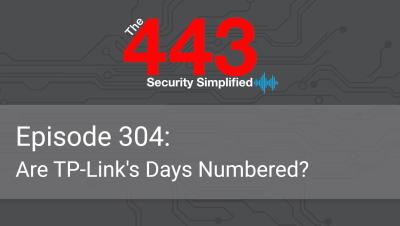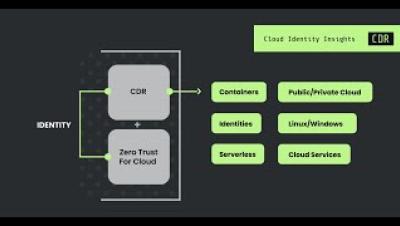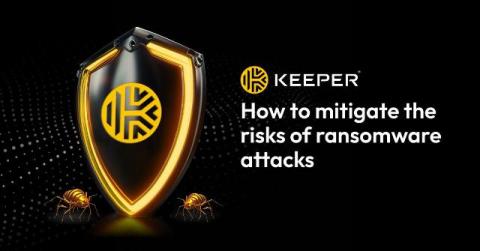How InfoSec Principles Have Evolved Over Time | Razorthorn Security
Reflect on the evolution of InfoSec principles with insights from James Rees. Despite advancements in technology, the core principles of cybersecurity have remained consistent, guiding professionals through rapid changes.











